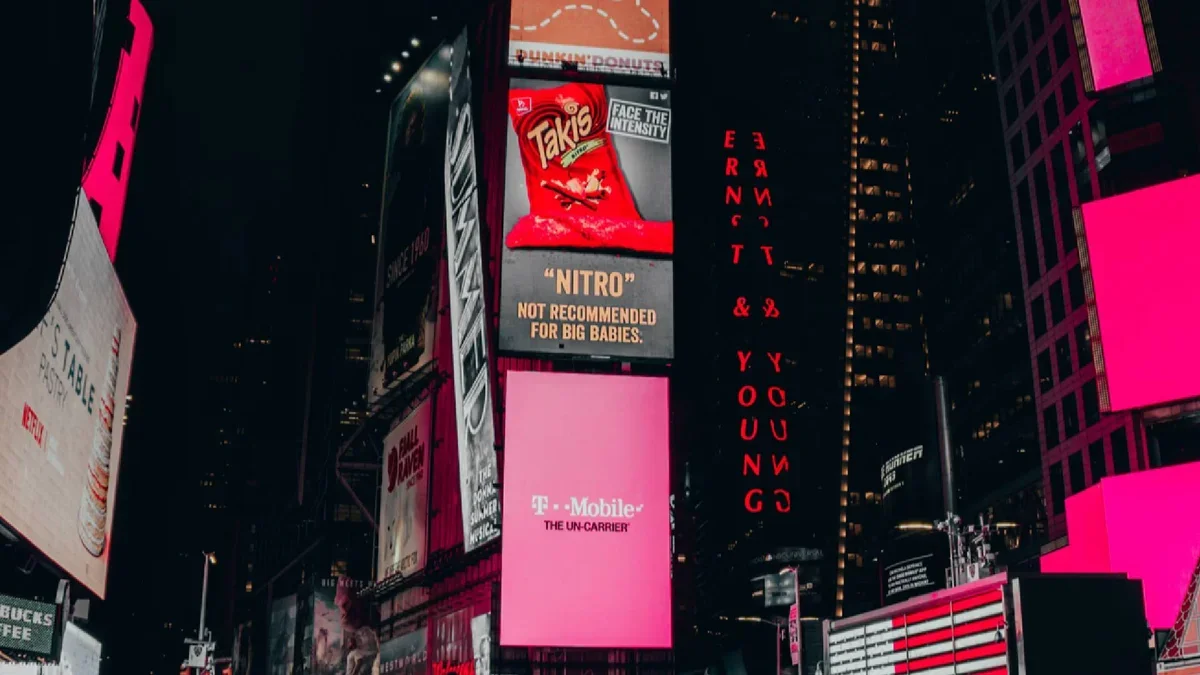TRAVELERS have complained how they have been forced to show more than one ID card at airport checkpoints – despite presenting a valid form of identification.
And, officials at the Transportation Security Administration have explained why certain travelers might be subject to extra checks.
2
Passengers have taken to Reddit, claiming they’ve been probed when showing their tribal ID as proof.
A tribal ID card is recognized by the federal government and is among TSA’s list of acceptable identification.
One traveler said they were forced to show a second ID card and a TSA representative explained to The U.S. Sun why this might be the case.
“If your ID cannot be scanned by technology, you will be asked for a secondary ID that can be scanned,” they said.
“If you do not have a second ID, your Tribal ID will be inspected manually and cross-referenced with the Federal Register.
“Passengers always have the option to ask for a Supervisory TSO for any issues at the checkpoint.”
Redditors told the traveler who was affected to use a supervisor if they encounter any further problems.
“They just don’t read well in scanners,” one pointed out.
Some travelers labeled the process of having to show multiple forms of ID at security “bureaucratic.”
Tribal identity cards can be used as an alternative to Real IDs.
The federal government’s Real ID policy started to become enforced in airports from May 7.
Americans rushed to their local motor vehicles center to upgrade their driving licenses ahead of the May 7 date.
TSA chiefs vow to treat passengers from Tribal Nations with “respect and dignity.”
They warned sacred or culturally-important items might be inspected by a security officer.
Acceptable identification at TSA checkpoints
All passengers 18 years and older must show valid identification at airport checkpoints in order to travel. The following is a full list of identification accepted at TSA checkpoints.
- Driver’s licenses or other state photo identity cards issued by Department of Motor Vehicles (or equivalent)
- Beginning May 7, 2025, if you plan to use your state-issued ID or license to fly within the US, it must be REAL ID compliant. If you’re not sure if your ID complies with REAL ID, check with your state department of motor vehicles.
- A temporary driver’s license is not an acceptable form of identification
- State-issued Enhanced Driver’s License
- US passport
- US passport card
- DHS trusted traveler cards (Global Entry, NEXUS, SENTRI, FAST)
- US Department of Defense ID, including IDs issued to dependents
- Permanent resident card
- Border crossing card
- An acceptable photo ID issued by a federally recognized Tribal Nation/Indian Tribe, including Enhanced Tribal Cards (ETCs).
- HSPD-12 PIV card
- Foreign government-issued passport
- Canadian provincial driver’s license or Indian and Northern Affairs Canada card
- Transportation worker identification credential
- U.S. Citizenship and Immigration Services Employment Authorization Card (I-766)
- U.S. Merchant Mariner Credential
- Veteran Health Identification Card (VHIC)
Regalia and eagle feathers are among some of the items that might be screened by hand rather than put through a machine.
Meanwhile, a number of changes are being rolled out at airports in a bid to make passenger experiences more convenient.
TSA chiefs are rolling out a new program known as One Stop Security.
This means travelers who are connecting flights will not have to be screened twice.
Adam Stahl, TSA’s Deputy Administrator, told Fox News Digital there are no impacts to security.
“It really is a commonsense security approach for us to streamline security from abroad to the United States,” he said.
Those who jet out of London Heathrow airport and land at Dallas before catching a domestic flight are among the first travelers to try out the program.
Stahl revealed the number of foreign airports taking part in the program will rise.
Federal chiefs have also ended the rule requiring travelers to take off their shoes at security.
The rule had been in place for almost 20 years.
It was brought in following the “shoe-bomber” case – which happened three months after the 9/11 terror attacks.
In December 2001, Richard Reid had packed explosives into his shoes and tried to detonate them on board a flight.

2










